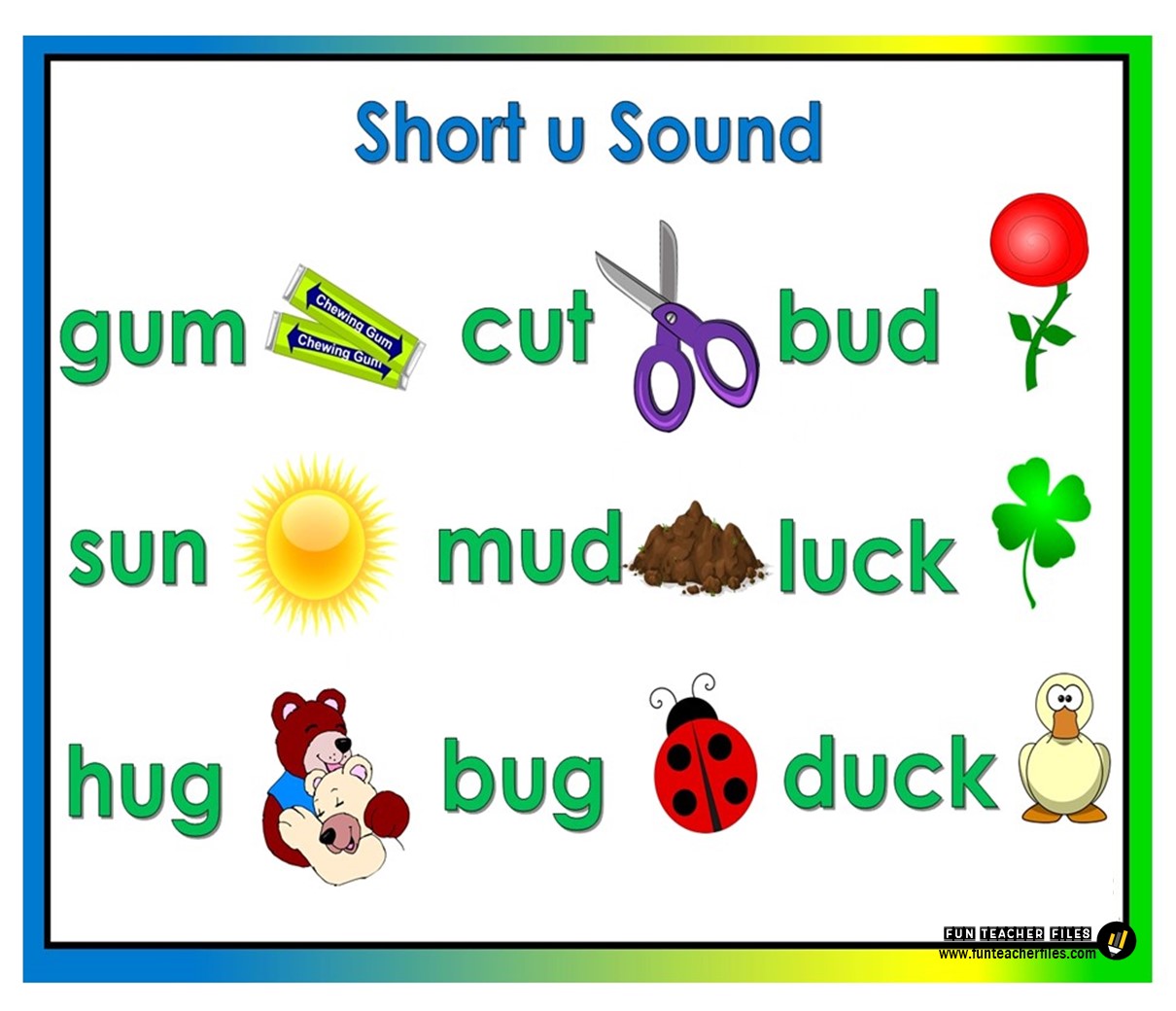

I bring this issue up, because a large part of knowing "open syllables" really depends on the reader knowing the words to begin with!įinally, do you prefer TO-MA-TO and PO-TA-TO, or do you prefer TO-MAT-O and PO-TAT-O? =) Final Words

Even a young child that is just learning to read will often (very likely) sound out ROTATE as "RAWTATE". According to standard decoding rules, this person would likely pronounce ROTATE as "RAWTATE" (making the O short)- without having the slightest idea that "RO" is the open syllable part of the word.
#Open vowel sounds how to
Perhaps this person has never seen the word ROTATE, has no idea what it means, and certainly does not know how to pronounce it. the word is not within one's vocabulary), HOW do you know if the word has an open syllable or not? Knowing whether a word has an open syllable is predicated upon the reader KNOWING HOW TO PRONOUNCE THE WORD, and KNOWS THE WORD ALREADY.Īt least this is what I believe to be the case.įor example, let's put ourselves in the shoes of an ESL learner. Now, the one potential difficulty a young child, or an ESL learner might have with open syllable words is that if you did NOT know the word to begin with (ie. TATE - is the silent E making the A long.RO - is the open syllable part ("oh" sound).
#Open vowel sounds plus
This last example "ROTATE" is a combination of an open syllable plus a silent E - so both vowels are long. Here are a few slightly more complex examples: The simplest examples are the 2 letter words: For example:įor these closed syllable words, the vowel has a consonant following it, so they are short vowel sounds.Īn open syllable, on the other hand, has nothing following after the vowel. A syllable is "closed" if the vowel is followed by a consonant. In English, there is a closed syllable and an open syllable. Here are some example words where the silent E makes the preceding vowel long: This is a fairly simple and straightforward way of teaching the silent E. So basically, the long sound of a vowel sounds exactly like its name. "The silent E here, jumps over one letter, and makes the "A" say its name." This is how I like to teach this to my students: In English, in words where you have "vowel-consonant-silent E", the silent E will make the preceding vowel long - that is, the silent E makes the preceding vowel say its name. So let's start with the silent E! Long Vowel Sounds With the Silent E Here, we're just concerned with how to figure out whether a single vowel letter is long or short. For example, AI making the /aye/ sound, or EE and EA making the /yee/ sound, or OA making the /oh/ sound, but that's really beyond the scope of this discussion, and begins to deal with diphthongs. There are also other long vowel sounds that are made by a combination of vowels. Once you understand the above 2 ideas, you'll be able to handle long and short vowel sounds from almost all words, well, almost. Why does the A make the /aye/ sound in TABLE, but make the /a/ "ah" sound in TAB? Why does letter O make the "oh" sound in HOPE, and make the /o/ "awe" sound in HOP? These are two different examples of long and short vowel sounds.ġ) TABLE and TAB are called open and closed syllables making the vowel long or short.Ģ) HOPE and HOP have (or not have) what's called the "silent E", which is a spelling convention where a letter E makes the preceding vowel a long vowel. Kidding aside, why does the letter A sometimes make the /a/ "ah" sound, and other times, it makes the /aye/ sound. Ever wonder what makes a long vowel different from a short vowel? Well, here it is. Teacher’s Book of Lists 5th Edition.The issue of long and short vowel sounds often leads to confusion for many parents and children alike. The table also indicates each word’s long vowel sound as well as the location of the open syllable – beginning (initial), middle (medial) or ending (final) of a word. We also provide the syllabication for each word to emphasize the open syllable concept. The table below contains over 150 open syllable words. The table below illustrates the open and closed syllable concept. Closed syllable words are more prevalent in the English language. Whereas a closed syllable occurs when a syllable ends with a consonant, resulting in a short vowel sound, e.g., cat, sit, got & wet. Open syllable words are open because they are not closed by a consonant. An open syllable occurs when a vowel is at the end of the syllable, resulting in the long vowel sound, e.g.


 0 kommentar(er)
0 kommentar(er)
